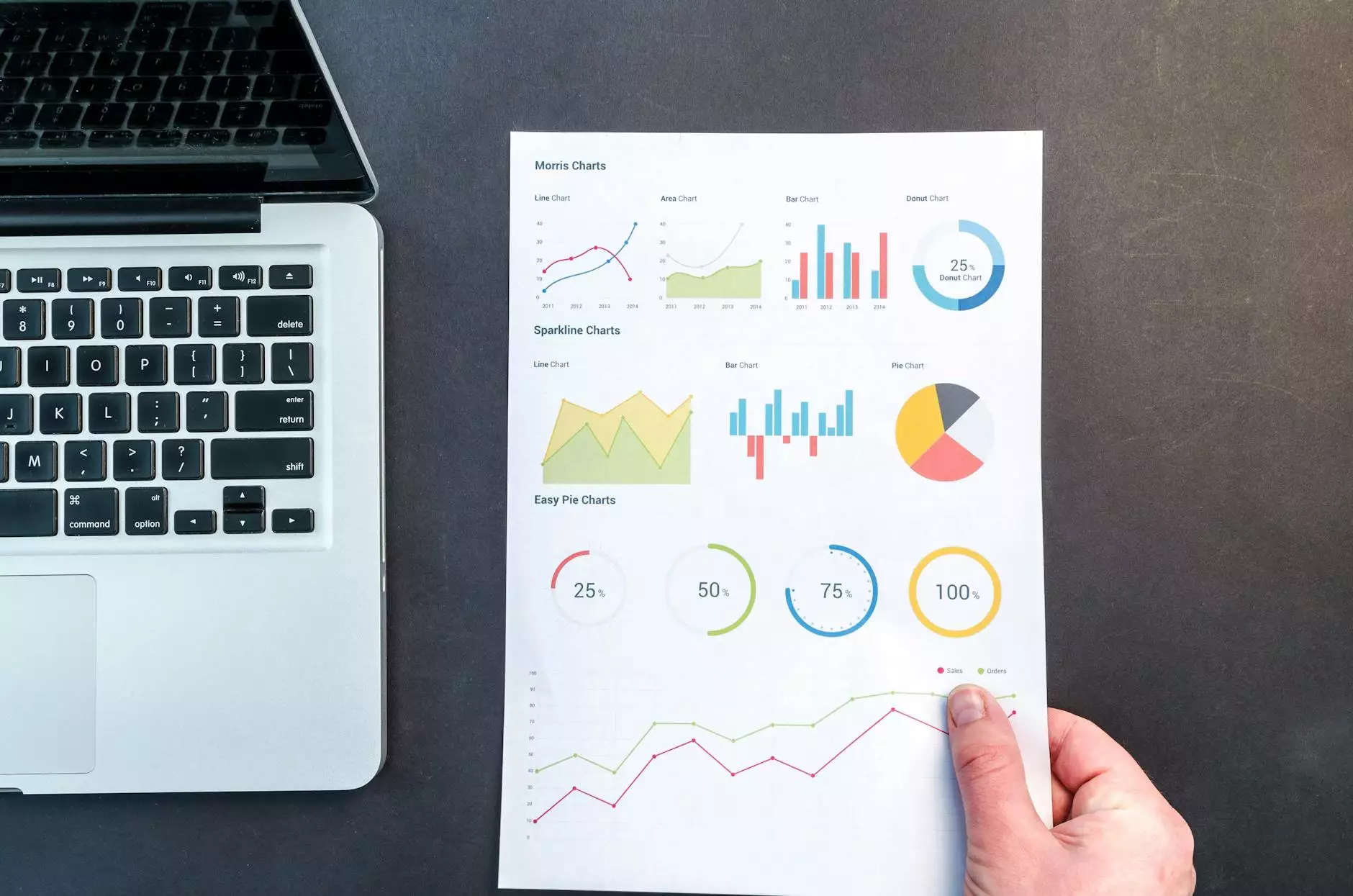What Are Some SEO Content Brief Best Practices?
SEO
Welcome to Urayus Home Improvement Marketing's comprehensive guide on SEO content brief best practices. In this article, we will delve deep into the strategies and techniques that can help you achieve higher search rankings for your website. Whether you are a business owner, marketer, or SEO professional, understanding the importance of well-crafted content briefs is essential for driving organic traffic and increasing online visibility.
Importance of SEO Content Briefs
SEO content briefs are vital documents that guide content creators in writing optimized content for search engines. They outline the main objective, target keywords, target audience, and provide comprehensive instructions for creating high-quality, keyword-rich content that aligns with the overall SEO strategy of a website.
By following SEO content brief best practices, you can:
- Enhance your website's search engine rankings
- Increase organic traffic to your webpages
- Improve user engagement and website conversions
- Establish your brand as a credible authority in your industry
- Stay ahead of your competition
Keyword Research and Analysis
Before creating an SEO content brief, thorough keyword research and analysis are crucial. Identify relevant keywords and phrases that your target audience is using to search for information related to your products, services, or industry. Utilize keyword research tools to determine search volume, competition, and potential ranking opportunities.
Once you have a list of target keywords, categorize them based on relevance and search intent. Ensure that the chosen keywords align with the content topic and your website's overall SEO strategy.
Crafting a Compelling Title and Meta Description
The title and meta description are HTML tags that directly influence search engine rankings and play a crucial role in attracting users to click through to your website in the search results.
When crafting a title, include your primary target keyword and make it compelling and concise. This helps search engines understand the relevance of your page to user queries and entices users to click on your link.
The meta description should provide a concise summary of your content while incorporating your target keywords naturally. Aim to create an engaging meta description that entices users to click on your website in the search results, showcasing the unique value your content offers.
Creating Comprehensive and Detailed Content
When it comes to content creation, always remember that quality matters. Search engines prioritize websites that provide valuable, comprehensive, and detailed content that addresses users' search queries and provides relevant information.
Break down your content into well-structured paragraphs and utilize subheadings with keyword-rich titles. This makes it easier for users to navigate and scan through your content, improving user experience and overall engagement.
Utilizing Relevant Multimedia
Enhance the visual appeal and overall user experience of your content by incorporating relevant multimedia elements such as images, infographics, videos, and audio clips. Visual content not only captures users' attention but also helps in conveying complex information more effectively.
Internal and External Linking
Internal and external linking are essential for SEO. Internal links connect different pages within your website, allowing search engines to navigate and understand the structure and hierarchy of your content. External links to authoritative and relevant websites improve the credibility and value of your content.
Optimizing for On-Page SEO
Optimizing your content for on-page SEO factors is crucial for achieving higher search rankings. Ensure that your target keywords are strategically placed throughout the content, including in the headings, paragraph text, and anchor text of internal and external links.
Other on-page SEO best practices include optimizing your images with descriptive alt tags, utilizing schema markup for enhanced search result display, and making your content mobile-friendly and accessible on all devices.
Monitoring and Analyzing Performance
Once you have implemented SEO content brief best practices, it is essential to continuously monitor and analyze the performance of your content. Utilize analytics tools to track key metrics such as organic search traffic, bounce rates, and conversions.
Regularly review and update your content to ensure it remains relevant and aligns with evolving search engine algorithms and user search behaviors.
Conclusion
In conclusion, implementing effective SEO content brief best practices is crucial for improving your website's search rankings and driving organic traffic. By conducting thorough keyword research, crafting compelling titles and meta descriptions, creating comprehensive and detailed content, and optimizing for on-page SEO, you can outrank your competition and establish your website as a leading authority in your industry.
At Urayus Home Improvement Marketing, our team of experienced digital marketing professionals can assist you in creating and implementing successful SEO strategies that drive real results. Contact us today to learn more about our business and consumer services tailored to your unique needs.










